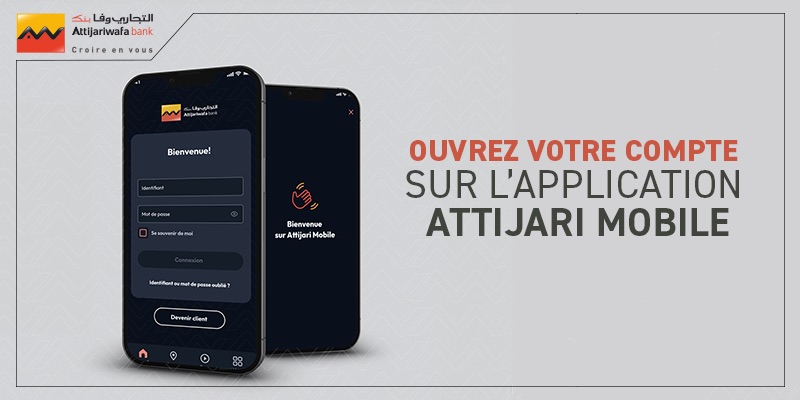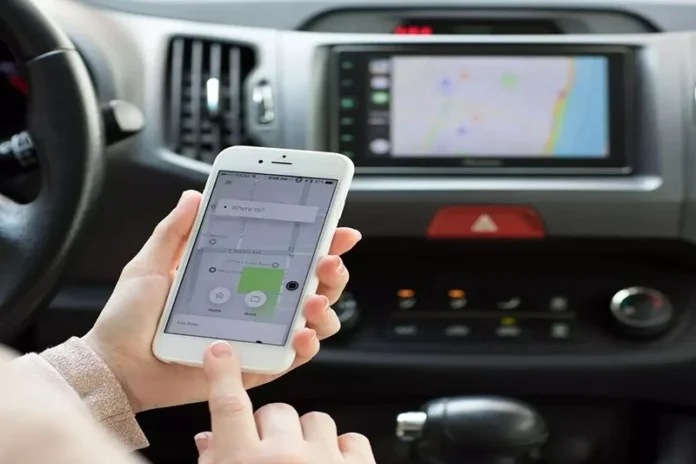The rise of digital technology has reshaped consumer behavior across virtually every sector, and urban transportation is no exception. In Morocco, this shift has manifested in the rapid growth of ride-hailing apps that connect passengers and drivers through digital platforms. Now widespread in many of the country’s major cities, these services have fundamentally changed the way people move around, altered public expectations, and disrupted the traditional balance between transportation options.
But while this technological leap has transformed everyday mobility, the legal framework hasn’t kept pace. Morocco’s existing transport laws—rooted in older, more conventional models—fail to address the unique nature of app-based mobility services. As a result, these digital platforms currently operate in a legal gray zone. There is no formal recognition, no specific status, and no provisions in the law that clearly define their role or responsibilities.
This regulatory vacuum, recently highlighted by several media reports, prevents any formal licensing or authorization of ride-hailing operators. Without a dedicated legal structure, these companies find themselves in a limbo—neither officially accepted nor outright banned. The consequences are confusion and uncertainty for all parties involved: drivers, passengers, regulators, and the traditional transport sector.
One of the biggest issues is the distortion it creates in the market. Conventional transport providers, who are subject to stringent regulations and heavy operating costs, often see these new entrants as unfair competition. Meanwhile, drivers working for digital platforms are left without legal protections, social coverage, or long-term security—constantly vulnerable to changes in policy or outright shutdowns.
The broader implications are equally serious. Regulating urban mobility becomes increasingly difficult when these services fall outside the scope of traditional oversight. Since urban transport is generally under the jurisdiction of local authorities, while national regulators oversee legal frameworks, coordinating a unified response becomes a complex task. Effective reform would require seamless collaboration between central and municipal bodies—a challenge in its own right.
Moreover, the absence of clear rules makes it impossible to fully integrate these services into the broader public transport strategy. Moroccan cities, like many growing urban centers, are struggling with overburdened infrastructure and mounting transportation demands. App-based ride services could offer much-needed flexibility and innovation—as long as their presence is legalized, structured, and regulated transparently.
This isn’t a uniquely Moroccan dilemma. Around the world, the rapid rise of ride-hailing apps has exposed similar gaps in outdated legislation. However, several countries have started adapting, introducing hybrid frameworks that balance innovation with fair competition, user safety, and labor protections.
In Morocco, the call for legal clarity around ride-hailing services is becoming increasingly urgent. At the intersection of law, technology, urban economics, and citizen needs, this issue demands a broad, coordinated, and thoughtful approach. The challenge now is to ensure that regulation catches up with innovation—before the absence of legal oversight leads to deeper social, economic, or institutional conflict.





